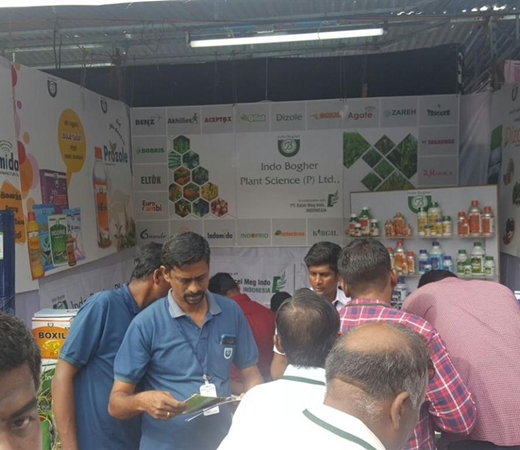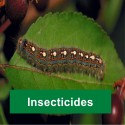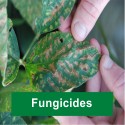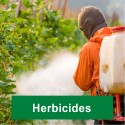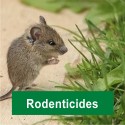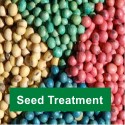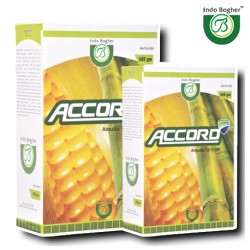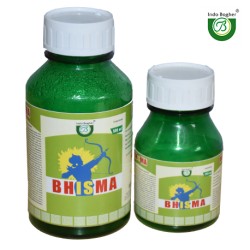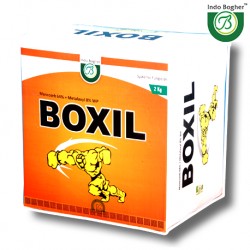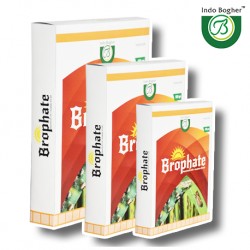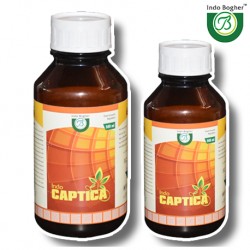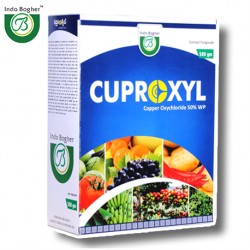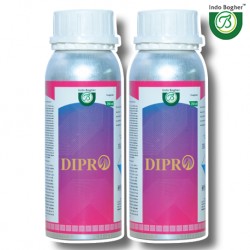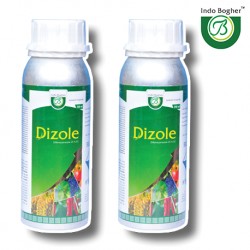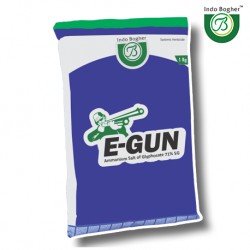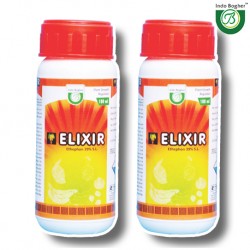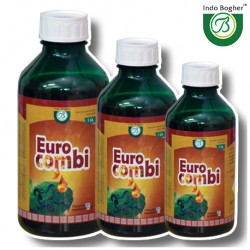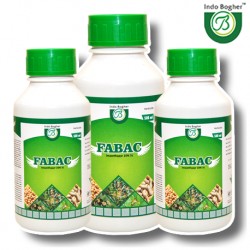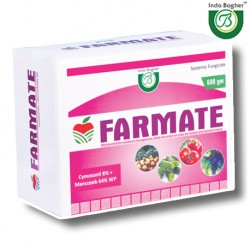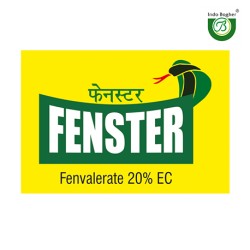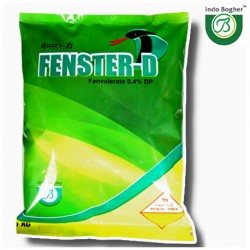Pesticides are substances that are meant to control pests, including weeds.
The term pesticide includes all of the following: herbicide, insecticides (which may include insect growth regulators, termiticides, etc.) nematicide, molluscicide, piscicide, avicide, rodenticide, bactericide, insect repellent, animal repellent, antimicrobial, fungicide...
Pesticides are substances that are meant to control pests, including weeds.
The term pesticide includes all of the following: herbicide, insecticides (which may include insect growth regulators, termiticides, etc.) nematicide, molluscicide, piscicide, avicide, rodenticide, bactericide, insect repellent, animal repellent, antimicrobial, fungicide and disinfectant (antimicrobial).
The most common of these are herbicides which account for approximately 80% of all pesticide use.
Most pesticides are intended to serve as plant protection products (also known as crop protection products), which in general, protect plants from weeds, fungi, or insects.
Pesticides There are 51 products.
Subcategories
-
Insecticides
Insecticides are substances used to kill insects. They include ovicides and larvicides used against insect eggs and larvae, respectively. Insecticides are used in agriculture, medicine, industry and by consumers. Insecticides are claimed to be a major factor behind the increase in the 20th-century's agricultural productivity. Nearly all insecticides have the potential to significantly alter ecosystems; many are toxic to humans and/or animals; some become concentrated as they spread along the food chain.
-
Fungicides
Fungicides are biocidal chemical compounds or biological organisms used to kill parasitic fungi or their spores. A fungistatic inhibits their growth. Fungi can cause serious damage in agriculture, resulting in critical losses of yield, quality, and profit. Fungicides are used both in agriculture and to fight fungal infections in animals. Chemicals used to control oomycetes, which are not fungi, are also referred to as fungicides, as oomycetes use the same mechanisms as fungi to infect plants.
-
Herbicides
Herbicides, also commonly known as weedkillers, are chemical substances used to control unwanted plants. Selective herbicides control specific weed species, while leaving the desired crop relatively unharmed, while non-selective herbicides (sometimes called total weedkillers in commercial products) can be used to clear waste ground, industrial and construction sites, railways and railway embankments as they kill all plant material with which they come into contact. Apart from selective/non-selective, other important distinctions include persistence (also known as residual action: how long the product stays in place and remains active), means of uptake (whether it is absorbed by above-ground foliage only, through the roots, or by other means), and mechanism of action (how it works). Historically, products such as common salt and other metal salts were used as herbicides, however these have gradually fallen out of favor and in some countries a number of these are banned due to their persistence in soil, and toxicity and groundwater contamination concerns. Herbicides have also been used in warfare and conflict.
-
Rodenticides
Rodenticides, colloquially rat poison, are typically non-specific pest control chemicals made and sold for the purpose of killing rodents. Some rodenticides are lethal after one exposure while others require more than one. Rodents are disinclined to gorge on an unknown food (perhaps reflecting an adaptation to their inability to vomit), preferring to sample, wait and observe whether it makes them or other rats sick. This phenomenon of bait shyness or poison shyness is the rationale for poisons that kill only after multiple doses. Besides being directly toxic to the mammals that ingest them, including dogs, cats, and humans, many rodenticides present a secondary poisoning risk to animals that hunt or scavenge the dead corpses of rats.
-
Growth Promoters
Antibiotic use in livestock is the use of antibiotics for any purpose in the husbandry of livestock, which includes treatment when ill (therapeutic), treatment of a batch of animals when at least one is diagnosed as ill (metaphylaxis, similar to the way bacterial meningitis is treated in children), and preventative treatment (prophylaxis). The use of subtherapeutic doses in animal feed and water to promote growth and improve feed efficiency is discouraged by the FDA as part of their Veterinary Feed Directive, which seeks voluntary compliance from drug manufacturers to re-label their antibiotics. Nevertheless this article focuses on the use of antibiotics for growth promotion, which has been banned in Europe since 2006, and on legislation regarding antibiotic use in farm animals in the USA.
-
Seed Treatment
In agriculture and horticulture, seed treatment or seed dressing is a chemical, typically antimicrobial or fungicidal, with which seeds are treated (or "dressed") prior to planting.
Less frequently, insecticides are added. Seed treatments can be an environmentally more friendly way of using pesticides as the amounts used can be very small.
It is usual to add colour to make treated seed less attractive to birds if spilt and easier to see and clean up in the case of an accidental spillage.
-
ACCORD
Technical Name: Atrazine 50% WP Target Crops: Maize and Sugarcane Target Weeds: Trianthena, Monogyna, Digera arvensis, Echinochloa spp, Xanthium, Strumarium, Brachiaria spp, Amaranthus viridis, Cleome viscosa, Digitaria spp, Polygonum spp, Portulaca oleracea, Boerhaavia diffusa, Tribulus terrestris Dosage: 1kg / Acre Shelf Life: 24 Months from MFG Date
-
BHISMA
Technical Name: Lambda Cyhalothrin 4.9 % SC Target Crops: Target Crops: Grapes, Cotton, Tomato, Paddy, Brinjal, Okra, Chill and Soybean Target Insects: Thrips & Flea Beetle, Bollworms, Fruit Borer, Stem Borer, Leaf Folder, Shoot & Fruit Borer, Thrips & Pod Borer, Stemfly and Semilooper Dosage: 100ml - 200ml / Acre Shelf Life: 24 Months from MFG Date
-
BOXIL
Technical Name: Mancozeb 63 % + Metalaxyl 8% Target Crops: Grapes, Tobacco (Nursery), Potato, Mustard, Black Pepper and Pearl Millet Target Diseases: Downy Mildew, Damping Off, Leaf Blight / Blank Shanks (Soil drench at sowing and spray at 30 days sowing), Late Bligh, White Rust, Alternaria Blight and Phytopthora Foot Rot Dosage: 750gm - 1kg / Acre Shelf...
-
BROPHATE
Technical Name: Buprofezin 15% + Acephate 35% WP Target Crops: Paddy Target Insects: Brown Plant Hopper and White Back Plant Hopper Dosage: 500gm / Acre Shelf Life: 24 Months from MFG Date
-
CAPTICA
Technical Name: Triacontanol EW 0.1% Target Crops: To Be Update Mode of Action: To Be Update Dosage: To Be Update Shelf Life: 24 Months from MFG Date
-
CUPROXYL
Technical Name: Copper Oxychloride 50% WP Target Crops: Grapes, Potato, Cardamom, Coffee, Banana, Tomato, Tobacco, Coconut, Citrus, Betal and Chillies Target Diseases: Downy Mildew, Early Blight, Late Blight, Clump Rot, Leaf Spot, Black Rot, Rust, Fruit Rot, Leaf Spot, Black Sank, Frog Eye Laef, Bud Rot and Canker Dosage: 1kg - 3kg / Acre Shelf Life: 24...
-
DIPRO
Technical Name: Propiconazole 13.9% + Difenconazole 13.9% EC Target Crops: Paddy Target Diseases: Paddy Sheath Blight & Dirty Panicle (Grain Discolouration) Dosage: 200ml - 250ml / Acre Shelf Life: 24 Months from MFG Date
-
DIZOLE
Technical Name: Difenoconazole 25% EC Target Crops: Grapes, Paddy, Chilli and Apple Target Diseases: Anthracnose, Powdery Mildew, Sheath Blight, Die Back, Fruit Rot and Scab Dosage: 50ml - 100ml / Acre Shelf Life: 24 Months from MFG Date
-
E-GUN
Technical Name: Ammonium Salt of Glyphosate 71% SG Target Crops: Tea and Non Crop Target Weeds: Acalypha indica, Sida aculata, Ipomea digitara, Chicorium entibus, Digera arvensis, Digitaria sanguinalis Paspalum conjugatum, Ageratum conyzodes, Cynadon dactylon, Cyperus rotundus, Eragrostis spp Dosage: 1.2kg / Acre Shelf Life: 24 Months from MFG Date
-
ELIXIR (white)
Technical Name: Ethiphon 39% SL Target Crops: Pineapple, Pomegranate, Mango, Coffee (Arabica), Coffee(Robusta), Tomato and Rubber Mode of Action: For Flower Induction, Defoliation for better flowering and fruit yield for breaking alternate bearing tendencies, for flower induction in juvenile mango and Post harvest treatment Dosage: To Be Update Shelf...
-
EURO COMBI
Technical Name: Chlorpyriphos 50% + Cypermethrin 5% EC Target Crops: Cotton and Rice Target Insects: Aphid, Thrips, Jassid, White Fly, American Bollwarm, Pink Bollwarm, Spotted Bollwarm, Spotted Litura, Stem Borer and Leaf Folder Dosage: 400ml - 500ml / Acre Shelf Life: 24 Months from MFG Date
-
FABAC
Technical Name: Imazethapyr 10% SC Target Crops: Groundnut and Soyabean Target Weeds: Cyperus difformis, Trianthema portulacastrum, Commelina benghalensis, Eragrostis pilosa Cyperus difformis Echinochloa colonum, E Crushgalli, Euphorbia hirta, Croton sperrsifiorus, Digera arvensis, Commelina benghalensis Dosage: 400ml - 600ml / Acre Shelf Life: 24 Months...
-
FARMATE
Technical Name: Cymozanil 8%+ Mancozeb 64% WP Target Crops: Grapes, Potato, Tomato and Citrus Target Diseases: Downy Mildew, Late Blight and Gummosis (Foot Rot) Dosage: 600gm - 800gm / Acre Shelf Life: 24 Months from MFG Date
-
FENSTER (ALUMINIUM)
Technical Name: Fenvalerate 20% EC Target Crops: Cotton, Okra, Cauliflower and Brinjal Target Insects: Bollworms, Aphids, Jassids, Thrips and Shoot and Fruit Borer Dosage: 150 - 200ml / Acre Shelf Life: 24 Months from MFG Date
-
FENSTER D
Technical Name: Fenvalerate 0.4% DP Target Crops: Cotton Target Insects: Bolloworms, Spotted bollworm and Pink bollworm Dosage: 8 - 10kg / Acre Shelf Life: 24 Months from MFG Date


